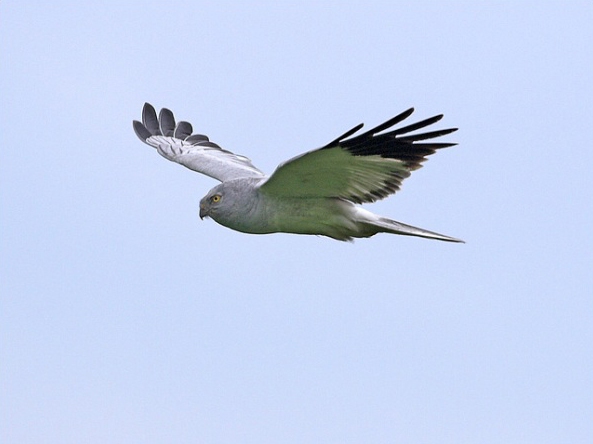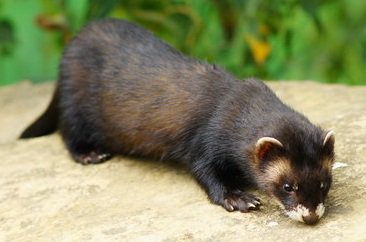Potential PhD topics for 2021 entry to the ESRC South West Doctoral Training Partnership
Dr Sarah Crowley & Professor Robbie McDonald
We are interested in supporting PhD studentship applications from future social science and interdisciplinary researchers to the ESRC SWDTP. We are keen to hear from potential applicants who would like to develop interdisciplinary projects, including collaborative, applied work with our research partners in national and international NGOs.
Potential topics include, but are not limited to:
- Sustainable management of animals on commons and protected areas. Some species and breeds of non-human animal become synonymous with protected areas, such as New Forest and Exmoor ponies. Other species can establish feral populations after escapes and releases, but rapidly come to define the areas in which they establish, such as wild boar in the Forest of Dean or goats in Lynton and Llandudno. They can be highly valued by local people, as breeding stock, for their ecological roles, as quarry in hunting, and because of long-standing cultural associations. They are also valued by wider publics, as part of creating, maintaining, and symbolising particular physical and cultural landscapes. These animals are often free-ranging across ‘commons’ and protected areas, where management becomes complex because of interacting interests and obligations. Projects in this area could examine how management is negotiated and implemented across social-ecological networks, how disputes arise and are handled, and how people might work towards sustainable futures for these animals.
- Sustainable management of introduced species. We are interested in how animals out-of-place are managed, or are not managed, and the social-ecological dynamics of the problems they sometimes cause. PhD projects in this area could examine how these dynamics affect food security and biodiversity conservation interests locally and globally, or how introduced species and their management affect different social or demographic groups, and especially how these effects might be gendered. The range of species of interest is broad, but we are particularly interested in animals with histories of close association with, and valuation by, people, such as cats, dogs, donkeys, ponies, horses and camels. This project area could involve fieldwork overseas, particularly in the UK Overseas Territories, or in island communities around the UK.
- Cats, cat-owners and conservation. In some ecological contexts, cats can have significant detrimental impacts on vulnerable wildlife and biodiversity conservation. Our recent work in this area has integrated ecological and social science approaches to better understand challenges and disputes surrounding the appropriate management of cats. We have identified diverse perspectives of cat owners in relation to their cats’ hunting behaviours, and have explored a range of approaches to cat management that might appeal to different owners. Work in this area could explore further the relationships between people, their cats and the environment, how social disputes around cat management and husbandry might be ameliorated, and how any negative environmental impacts of cats might be mitigated.
If any of these topics, or other similar subjects, are of interest for your future PhD, then please get in touch soon, to discuss how to advance your PhD research training.
Email: Sarah Crowley or Robbie McDonald.













 Wildcats are Britain’s only Critically Endangered mammal. Following centuries of intensive predator control, wildcats are now protected but restricted to a population of about 200 individuals living in low productivity habitat in the Scottish Highlands, where they are threatened principally by hybridization with domestic cats. This project will investigate the potential for, and challenges to, wildcat recovery and restoration outside of their current Scottish refugium, to their former range in Wales and England.
Wildcats are Britain’s only Critically Endangered mammal. Following centuries of intensive predator control, wildcats are now protected but restricted to a population of about 200 individuals living in low productivity habitat in the Scottish Highlands, where they are threatened principally by hybridization with domestic cats. This project will investigate the potential for, and challenges to, wildcat recovery and restoration outside of their current Scottish refugium, to their former range in Wales and England.




